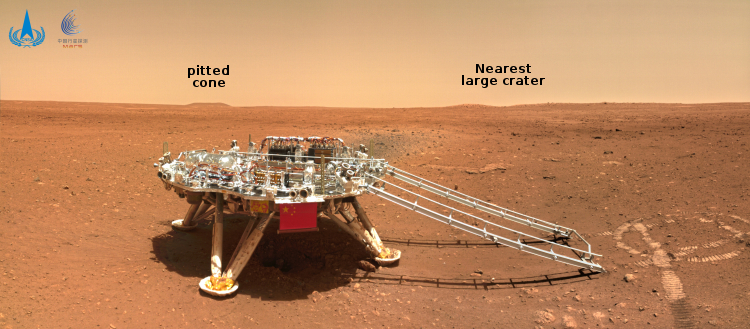Today’s blacklisted American: Wells Fargo blacklists Republican candidates for Congress

Wells Fargo: Republicans blackballed from having bank accounts.
They’re coming for you next: In the past week Wells Fargo has unilaterally shut down the bank accounts of two past Republican candidates for Congress, in one case stranding the individual on a trip with no cash.
In both cases the action was taken without warning in a manner that denied the individuals access to a large amount of their own cash. And though Wells Fargo gave no explanation for its action, both individuals strongly suspect it had to do with their political positions.
First conservative activist Lauren Witzke discovered that her Wells Fargo bank accounts had suddenly been shut.
» Read more

Wells Fargo: Republicans blackballed from having bank accounts.
They’re coming for you next: In the past week Wells Fargo has unilaterally shut down the bank accounts of two past Republican candidates for Congress, in one case stranding the individual on a trip with no cash.
In both cases the action was taken without warning in a manner that denied the individuals access to a large amount of their own cash. And though Wells Fargo gave no explanation for its action, both individuals strongly suspect it had to do with their political positions.
First conservative activist Lauren Witzke discovered that her Wells Fargo bank accounts had suddenly been shut.
» Read more











